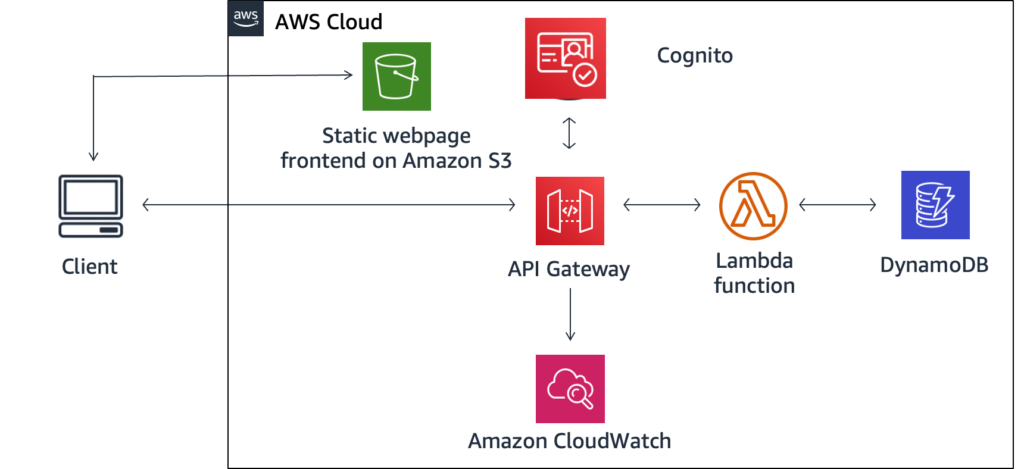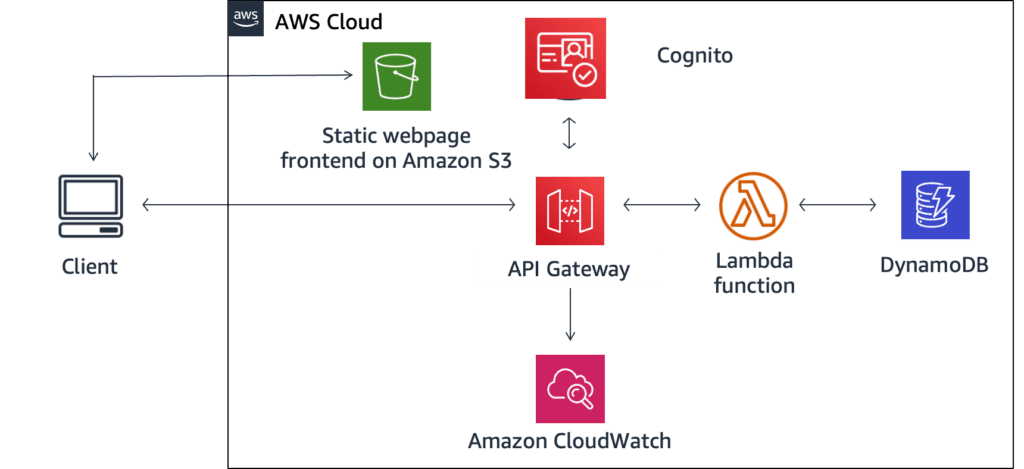
The serverless paradigm, once a promising glimpse into the future of cloud computing, has now comfortably taken its seat at the tech table. Datadog’s ‘State of Serverless 2023‘ report affirms this by highlighting the impressive growth in serverless ecosystems, especially with the advent of container-based applications.
What is Serverless?
When we say “serverless,” it doesn’t mean there are no servers. Yes, that’s counterintuitive. What we mean is there are no servers for the customer to manage. The management of the server hardware, scaling, and operating system are all managed by the cloud provider. The customer only needs to manage the code. Besides not managing the underlying infrastructure, customers only pay for what they use. For example, in AWS Lambda, you only pay when a function is invoked. Likewise, with AWS Aurora Serverless, charges occur when the database is called.
Who are the Players?
Cloud giants like AWS and Google Cloud are leading the revolution to outsource server management, with a vast majority of Datadog clients embracing this technology. Not to be forgotten, Azure trails close behind. But it’s AWS, with its diverse offerings, that’s particularly eye-catching. Take AWS Lambda, for instance, a pioneering serverless computing service that automatically runs your code without needing to provision or manage servers. Couple that with AWS’s other marvels like App Runner for containerized apps, Fargate for serverless compute for containers, and CloudFront Functions for edge computing. It’s clear AWS isn’t just riding the wave – it’s shaping it.
Sample Architecture
In the sample serverless architecture below, the client browser requests a static webpage hosted in Amazon S3, which is storage with web hosting capabilities. Using this webpage, the client browser communicates with API Gateway using a REST API. API Gateway authenticates and authorizes (using Cognito) the request and invokes a Lambda function communicating with DynamoDB.

Frontend development has also joined the serverless fiesta. Platforms such as Vercel, Netlify, Cloudflare, and Fastly are expanding their horizons by providing capabilities tailored for front-end needs. This evolution reveals a fascinating shift in web development priorities, emphasizing scalability, performance, and deployment ease.

Regarding deployment tools, Terraform has emerged as a top choice, especially for AWS Lambda deployments among larger organizations. This underscores Terraform’s adaptability for complex workloads. And when it comes to the developer’s choice of language for AWS Lambda? Node.js and Python remain firm favorites, but Java is making waves, a testament to enterprises warming up to serverless wonders.
Serverless, the bottom line
Though the findings are based on Datadog’s cloud-savvy clientele, the message is clear: serverless is not just a fleeting trend. It’s the present and future of efficient and innovative cloud computing. And with AWS at the helm, the serverless sky seems limitlessly bright!
Tech Reformers can help you explore serverless options for your workloads.
